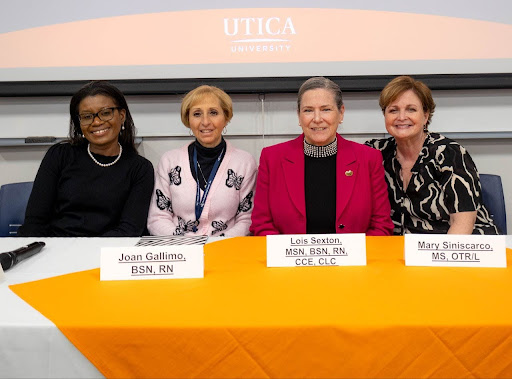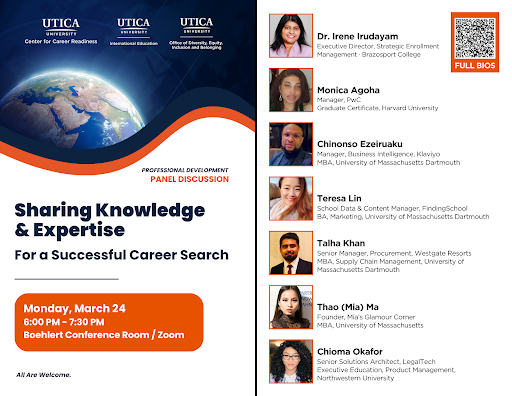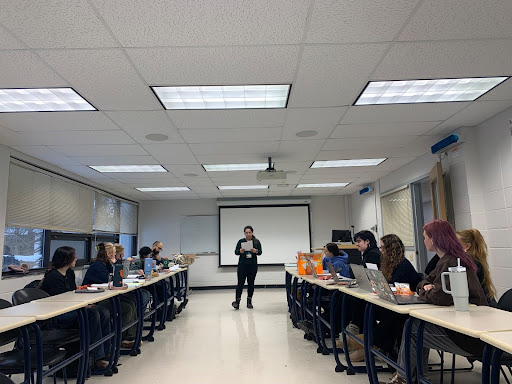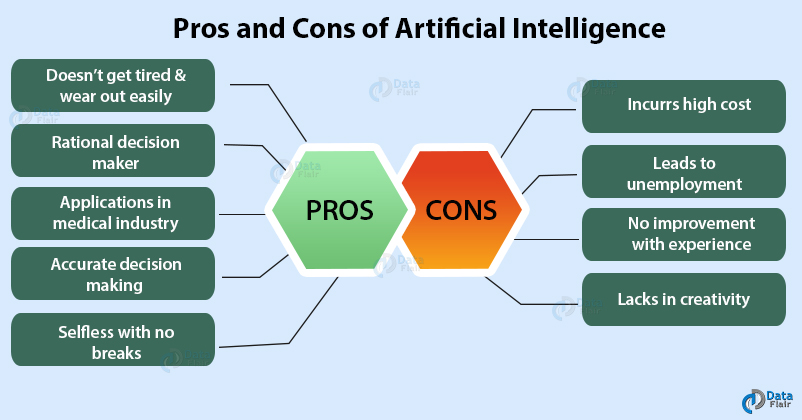Artificial intelligence (AI) has been growing and evolving in technology such as internet browsers, phone apps and even your smartwatch. Products including AI such as the Amazon Alexa/Echo are more easily distinguishable due to their indistinguishable voice.
Types of AI
So, what is AI, more specifically, the type of AI that impacts the average individual’s life?
“Based on what purpose AI is designed for, it records all information (raw data), processes the information using math formulas (algorithms), uses the result from the new information and repeats the process again and again for better results,” Network Administrator Shakha John said.
There are many different types of artificial intelligence but the most common types are those that we find in CAPCHAs (“select all the fire hydrants”), Amazon Alexa’s, Roomba vacuum cleaners and our phones and watches.
“With the simulation of human intelligence, processes by machines that are especially computer systems include learning the acquisition of information and rules for using it,” an article from Data Flair said. “The reasoning uses rules to reach approximate or definite conclusions and self-correction.”
The key in the statement above is that the AI is able to reach approximate and definite conclusions and self-correction through the simulation of human intelligence. This means that artificial intelligence, developed in the image of humans, will take its learning and then self alter its processing to a certain extent.
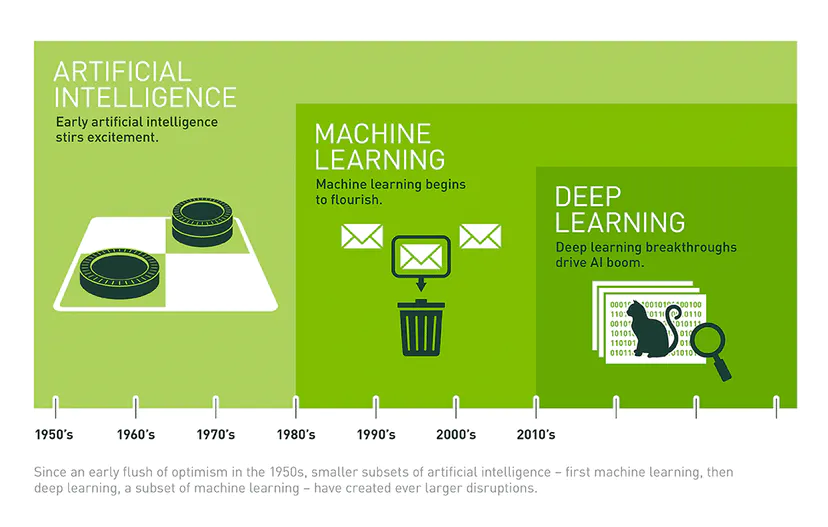
The figure above demonstrates the differences in levels of artificial intelligence. These different levels of intelligence impact our daily lives in various ways. On the left, the figure shows early levels that were crude and unfinished.
“It is the science and engineering of making intelligent machines that makes it significant,” an article from Data Flair said. “With the simulation of human intelligence, processes by machines that are especially computer systems include learning the acquisition of information and rules for using it.”
The middle of the figure represents the AI that is found in programs such as Google’s predictive searching engines as well as in email and other online programs that find out information about the individual.
“Machine learning is a category within the larger field of artificial intelligence that is concerned with conferring upon machines the ability to learn,” Cecille De Jesus of Futurism said. “This is achieved by using algorithms that discover patterns and generate insights from the data they are exposed to, for application to future decision-making and predictions, a process that sidesteps the need to be programmed specifically for every single possible action.”
Lastly, the section on the right of the figure demonstrates the AI technology that is able to pick up and learn new knowledge and then use it to create new patterns in which the technology uses to read other codes.
“Deep learning, on the other hand, is a subset of machine learning: it’s the most advanced AI field, one that brings AI the closest to the goal of enabling machines to learn and think as much like humans as possible,” De Jesus said.
Everyday Life
While the innovations in artificial intelligence have come to a tremendous distance from where they began, there are both positive and negative impacts that may occur. The potential for fully automated robots may eventually become a reality in the future but for now, our biggest concerns and most impactful plusses lie in other areas.
“Unfortunately, as our AI capabilities expand we will also see it being used for dangerous or malicious purposes,” John said. “Since AI technology is advancing so rapidly, it is vital for us to start to debate the best ways for AI to develop positively while minimizing its destructive potential.”
AI, while beneficial in many ways, has the potential for malice and that could take form in multiple capacities. For example, jobs that would normally be performed by a human could be replaced by a robot. While that is not technically evil, it may result in the loss of jobs and have a negative impact on how individuals live from day-to-day.
“[AI] has great potential to do good, but great potential to do evil, too,” Cyber Security major Robert Scocca said. “Bitcoin is an amazing technology, it is in the process of revolutionizing how we conduct finance. However, there are associations with it that it is used to buy drugs and guns on the dark web. Bitcoin wasn’t meant to do evil things, it’s a technology that could be used for good and bad. Same thing with AI technology.”
Scocca mentioned how a piece of technology, meant for good and to help others, was used for deeds that are illegal. Unfortunately, as with AI it can be used for evil and give users and bystanders alike a bad taste of the technology regardless of the truth of the matter.
“AI makes sense of all this data for tech companies,” Scocca said. “Whether this is a good or bad thing is up to debate. What isn’t up to debate is that all this data gives companies like Google and Amazon immense power, it’s essentially an intelligence cornucopia of all of their users.”
Health
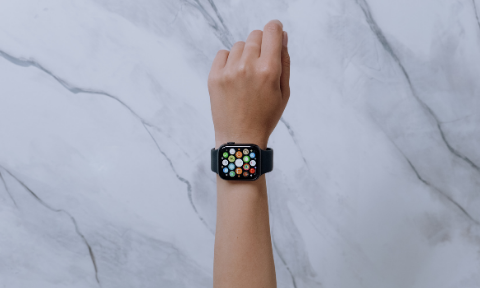
With technology making leaps and bounds in all kinds of directions, health is just another aspect of all that AI is doing for humans on a daily basis. Apple Watches, for example, have proven their worth in society by using the AI involved to track patterns that may save lives.
“Apple has already listed many claims to have saved countless lives,” Endpoint Administrator, John Oevering said. “In each of their keystone addresses for the Worldwide Developers Conferences (WWDC) over the past few years they have brought in customers that have been saved due to the ability for the apple watch to detect falls, heart arrhythmias, and many other health conditions.”
Oevering went on to say that Apple does a good job at keeping the information it stores about an individual private and keeps it encrypted for only the user to be able to access. The privacy aspect of Apple’s data storage is very important as if it were put into the wrong hands or stored in a mass vault with other individuals’ information it could do quite a bit of damage.
“Wearing watches that track your body is another way for tech companies to gather information from people,” Scocca said. “Yes, this may give cool health-related statistics to the user, but rarely do we think about the amount of information we give to tech companies every time we sign up for an app or buy a new gadget.”
For all people engaging in technology, it is always wise to be conscious of what sites are used, how much personal information we give them and what permissions are granted but that is not to say that the overall benefits of AI do not outweigh the cons.
“Overall, AI is just another piece of new technology that is there to benefit us,” Oevering said. “Can it be scary to think that a computer is able to think on its own and is able to react like a human? Yes, however, a human must program AI to interpret data, and even advanced AI programs are unable to do something they were not programmed to do. Like computers and cell phones I envision AI just being another technological innovation that becomes commonplace within our society.”


















![President Todd Pfannestiel poses with Jeremy Thurston chairperson Board of Trustees [left] and former chairperson Robert Brvenik [right] after accepting the university's institutional charter.](https://uticatangerine.com/wp-content/uploads/2023/10/unnamed.jpeg)
























